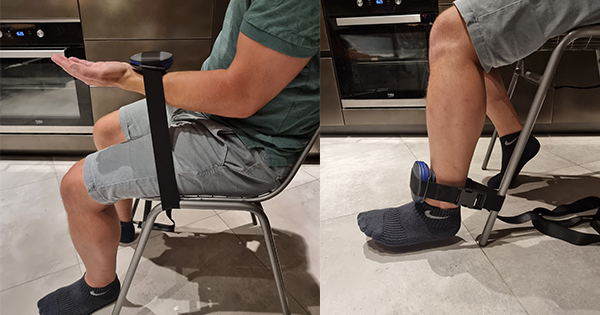<p>Lymphoedema involves chronic tissue inflammation with tissue changes that include extracellular free fluid accumulation, tissue fibrosis and fatty tissue deposition (Zampell, 2012). Despite the best efforts of modern conservative lymphatic therapy, some patients will progress to develop significant secondary tissue changes with morbidity evident via recurrent bouts of cellulitis, reduced function and lowered quality of life. Fatty tissue deposition can continue to such severity that litres of accumulated fatty tissue warrant surgical management via liposuction (Brorson, 2006). Non-invasive and painless technology should, therefore, be of interest to lymphatic therapists aiming to improve the outcomes of conservative lymphatic therapy. Historically, conservative lymphatic therapy treatments have consisted of treatments that predominate via offering positive pressure; a pushing force onto the tissues. Compression bandaging, pressure garments, including wraps and chip bags, and massage, including manual lymphatic drainage and pneumatic compression devices, represent examples of positive pressure therapy and technology. Negative pressure, on the other hand, is a newer means of offering treatment, whereby a pulling or opening force is applied to the tissues. Treatment can be targeted to specific areas, such as areas of radiation induced fibrosis and scar tissue, or the technology can be used as an adjunct to massage and manual lymphatic drainage. Brands such as LymphaTouch® (LymphaTouch Inc.) and Endermologie®(LPG) are examples of negative pressure massage devices designed for use by manual therapists. This article introduces the concept of negative pressure technology to lymphoedema management and the proposed mechanics of action. </p>




